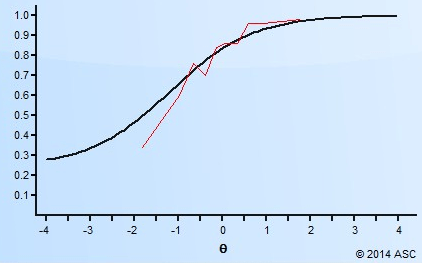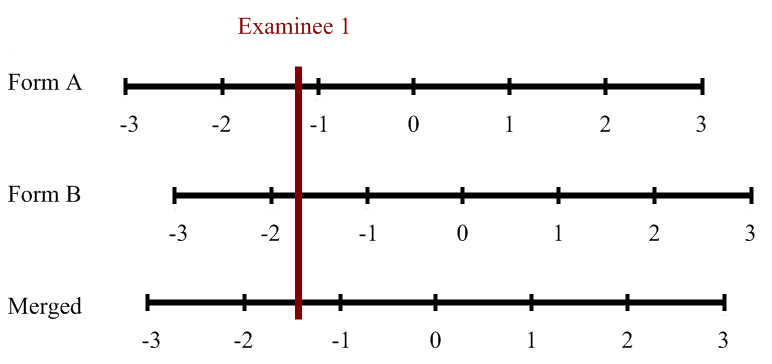Laila Issayeva M.Sc. articles

The IRT Item Discrimination Parameter
The item discrimination parameter a is an index of item performance within the paradigm of item response theory (IRT). There are three item parameters estimated with IRT: the discrimination a, the difficulty b, and the

The IRT Item Difficulty Parameter
The item difficulty parameter from item response theory (IRT) is both a shape parameter of the item response function (IRF) but also an important way to evaluate the performance of an item in a test.

The One Parameter Logistic Model
The One Parameter Logistic Model (OPLM or 1PL or IRT 1PL) is one of the three main dichotomous models in the Item Response Theory (IRT) framework. The OPLM combines mathematical properties of the Rasch model

Borderline group method standard setting
The borderline group method of standard setting is one of the most common approaches to establishing a cutscore for an exam. In comparison with the item-centered standard setting methods such as modified-Angoff, Nedelsky, and Ebel,

Item Parameter Drift
Item parameter drift (IPD) refers to the phenomenon in which the parameter values of a given test item change over multiple testing occasions within the item response theory (IRT) framework. This phenomenon is often relevant

Item Fit Analysis
Item fit analysis is a type of model-data fit evaluation that is specific to the performance of test items. It is a very useful tool in interpreting and understanding test results, and in evaluating item

Educational Assessment of Mathematics: Why so important?
Educational assessment of Mathematics achievement is a critical aspect of most educational ministries and programs across the world. One might say that all subjects at school are equally important and that would be relatively true.

Progress Monitoring in Education
Progress monitoring is an essential component of a modern educational system and is often facilitated through Learning Management Systems (LMS), which streamline the tracking of learners’ academic achievements over time. Are you interested in tracking

What is Vertical Scaling in Assessment?
Vertical scaling in educational assessments is the process of placing scores that measure the same knowledge domain but at different ability levels onto a common scale (Tong & Kolen, 2008). The most common example is

Test Score Equating and Linking
Test equating refers to the issue of defensibly translating scores from one test form to another. That is, if you have an exam where half of students see one set of items while the other

The Bookmark Method of Standard Setting
The Bookmark Method of standard setting (Lewis, Mitzel, & Green, 1996) is a scientifically-based approach to setting cutscores on an examination. It allows stakeholders of an assessment to make decisions and classifications about examinees that
